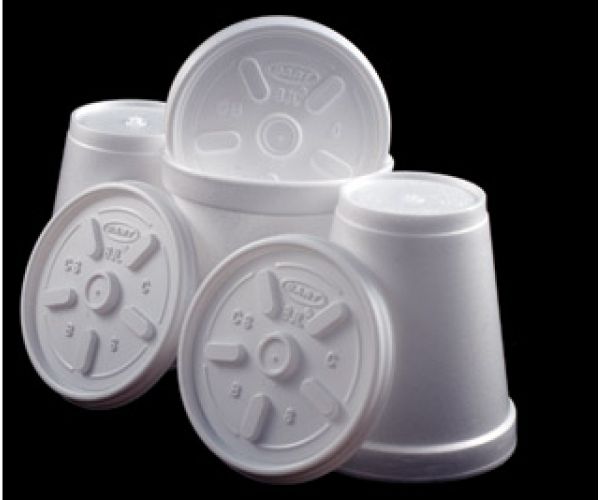
What to buy instead Avoid the most potentially hazardous plastics and plastic-lined takeout boxes.

At high doses, it could also affect kidney function.įinally, No 7, which is often found in large water bottles, may contain BPA, the endocrine disruptor that’s associated with cancer, metabolic disorders and infertility. No 6 is often present in takeout boxes too, and, when heated, could release styrene, linked to depression and fatigue. They can act as a hormone disruptor and may contribute to childhood obesity, cardiovascular disease and interfere with male genital development. The concern is that it could release phthalates, a common class of chemical used to make plastic malleable. No 3 is typically found in takeout containers, among other plastic products, and is made from polyvinyl chloride. At the very least, the American Academy of Pediatrics urges consumers to avoid three plastics in particular: those that bear within the recycling symbol the numbers 3, 6 and 7. No 3, 6 and 7 plasticsīesides the impact on the environment, plastics are implicated in a host of potential health problems. He suggests drinks and food items packaged in glass as well as fruits and vegetables not in a can. The only exception are BPA-free products made with oil and resin substitutes, Trasande added. What you should buy instead Trasande recommends avoiding aluminum cans when possible, even if the label claims to be “BPA-free”, since those products can be problematic as well. “Even the lowest level of exposure can cause serious, permanent and lifelong consequences as a result of these preventable exposures.” “Low doses of these chemicals may be as impactful as high doses of exposure,” Trasande said. Endocrine disruptors are linked to breast and prostate cancers, infertility and metabolic disorders, among other health concerns. Companies have voluntarily stopped using BPA in packaging for baby formula and bottles, but it persists in water bottles and food packaging.

BPA, a plastic additive, has been deemed safe for food contact by the Food and Drug Administration, despite evidence that it acts as an endocrine disruptor. What do beer, corn and pasta sauce have in common? The ubiquitous aluminum can, often lined with bisphenol A (BPA). What you should buy instead The safest containers are brown or white paper boxes composed of 100% recycled paperboard, which have a seal to indicate they are compostable. It may also be associated with low birth rate and thyroid disruption, according to the Environmental Protection Agency. PFAS has been shown to cause reproductive, developmental, liver, kidney and immunological problems in laboratory animals. The same was true for 11% of bakery and deli papers tested. Progressive food establishments have traded it and other hazardous packaging for safer, plant-based alternatives.īut many of those seemingly safe containers may have hazardous chemicals lurking inside.Ī study released last year by consumer advocacy groups Safer Chemicals, Healthy Families and Toxic-Free Future found that nearly two-thirds of paper takeout containers from the country’s five largest grocery stores contained elevated levels of fluorine, which meant that they were probably treated with PFAS, a group of industrial chemicals manufactured in the US. Cities such as New York, Washington and San Francisco have banned Styrofoam coffee cups, plates, and to-go boxes. There are the more obvious culprits: for example, polystyrene, commonly called Styrofoam, a known carcinogen that’s also an environmental nightmare. But when hot products are placed in containers, chemicals from the box can leach into the food and, in turn, our bodies. It’s so convenient that 26% of Americans eat takeout at least once a week. Takeaway containers – even paper onesĬonvenient food delivery apps, such as Seamless and Postmates, have made it easier than ever before to order food to the couch. We asked Trasande to outline the types of food packaging consumers might want to avoid, along with possible alternatives.

“The question is: what replaces these materials?”īefore Trader Joe’s fulfills its commitment, and other food companies follow suit, consumers can be vigilant.

“Avoiding the use of these chemicals of concern in packaging is a great step forward,” said Leonardo Trasande, pediatrician and author of Sicker, Fatter, Poorer: The Urgent Threat of Hormone-Disrupting Chemicals to Our Health and Our Future and What We Can Do About It.


 0 kommentar(er)
0 kommentar(er)
